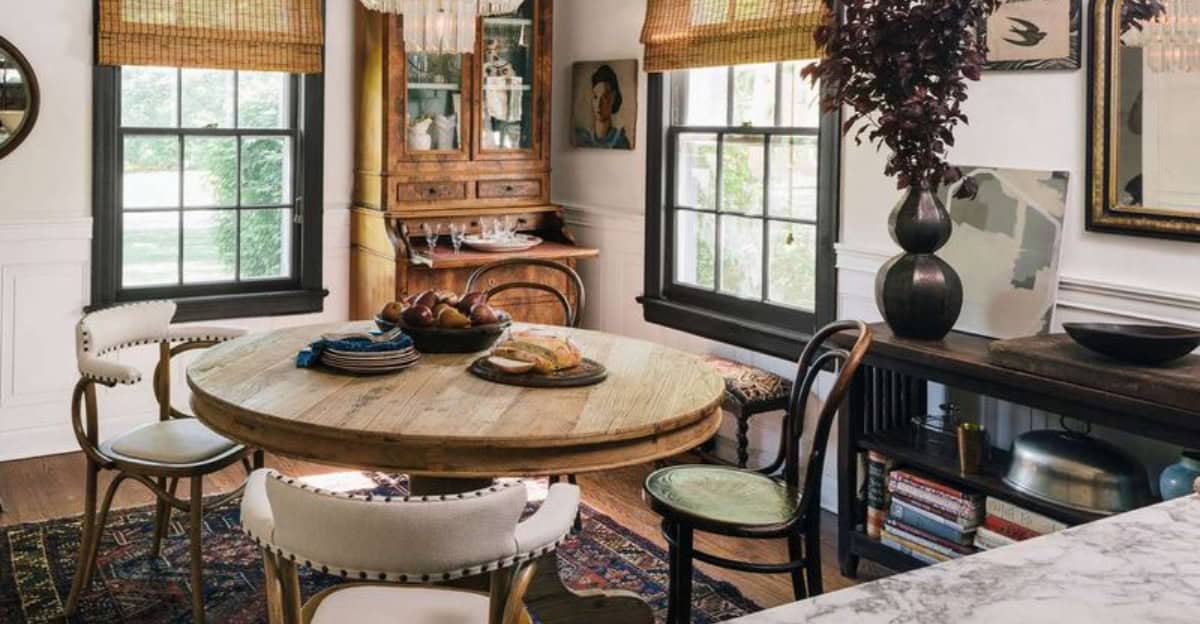Designing a dining room might seem straightforward, but subtle mistakes can drastically impact the ambiance and functionality of this vital space.
Designers often highlight common pitfalls that homeowners should avoid to create a harmonious dining environment.
From improper lighting to mismatched furniture, each aspect plays a crucial role in the overall experience. Let’s explore the top 10 mistakes to steer clear of for a dining room that truly shines.
1. Insufficient Lighting
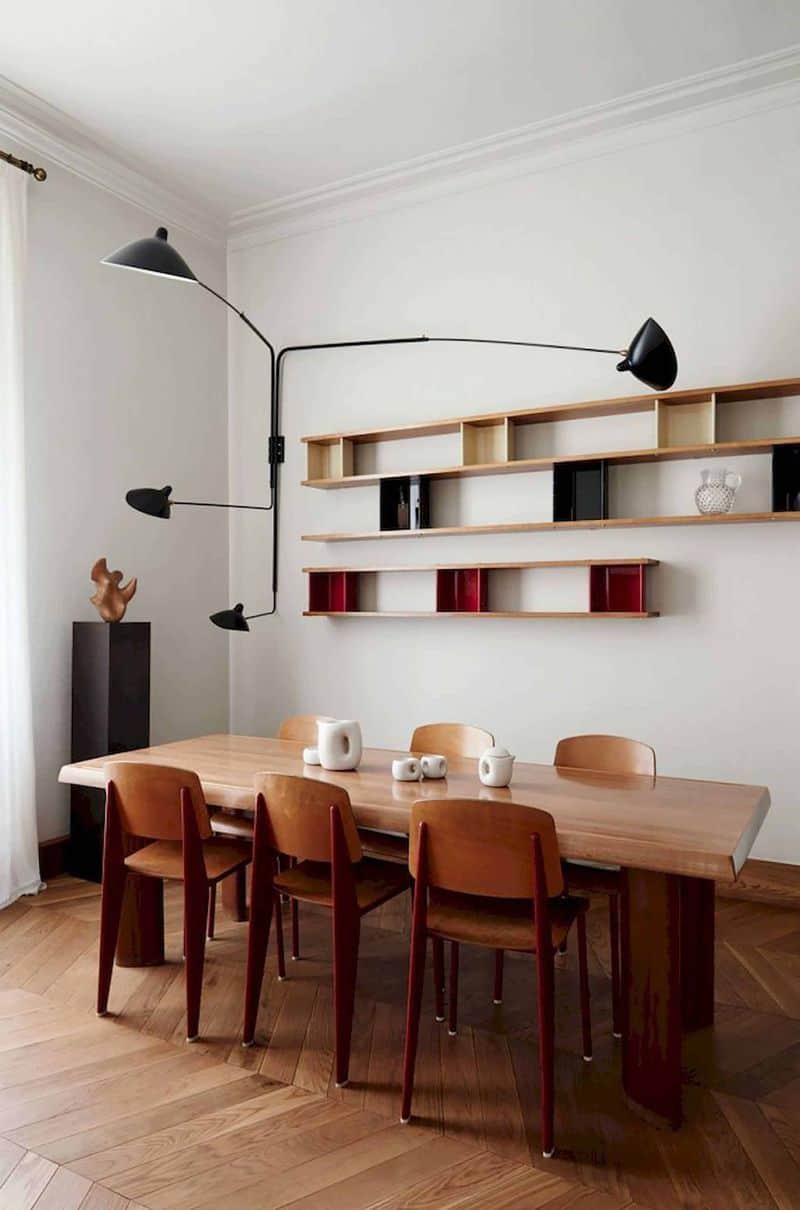
Lighting sets the tone for any room, particularly a dining area where ambiance is key. Many homeowners underestimate the importance of proper lighting, opting for fixtures that are either too dim or overly harsh.
A chandelier that’s too small for the room can leave diners in the dark, creating an uninviting atmosphere. Conversely, excessively bright lights can make the space feel clinical. Think about layering the lighting with a blend of ambient and task lighting.
Employ dimmers to adjust the mood according to the occasion, making the space versatile and inviting for all dining experiences.
2. Overcrowded Space
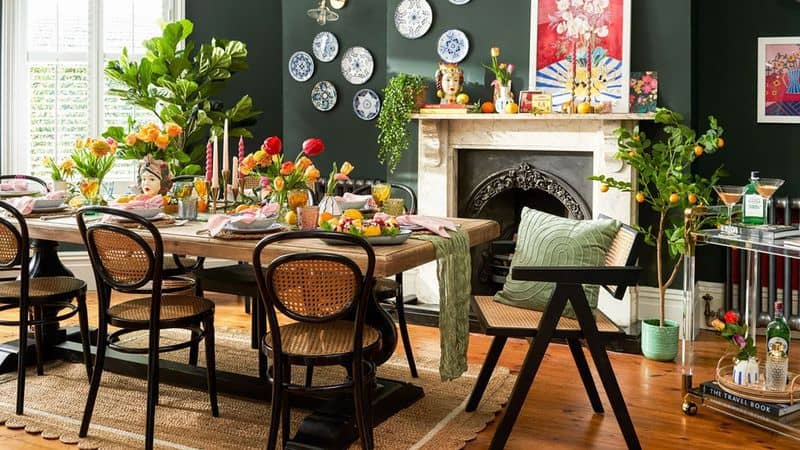
Space management is crucial in a dining area. An overcrowded dining room can stifle movement and make the space feel claustrophobic. Designers recommend measuring your space before purchasing furniture to ensure everything fits comfortably.
Choose a table that complements the room’s size and allows for ample movement around it. Avoid the temptation to add excessive decor or furniture, which can overwhelm. Prioritize functionality and comfort to create an open, breathable area.
This approach not only enhances usability but also promotes a welcoming atmosphere for guests and family alike.
3. Ignoring Acoustics
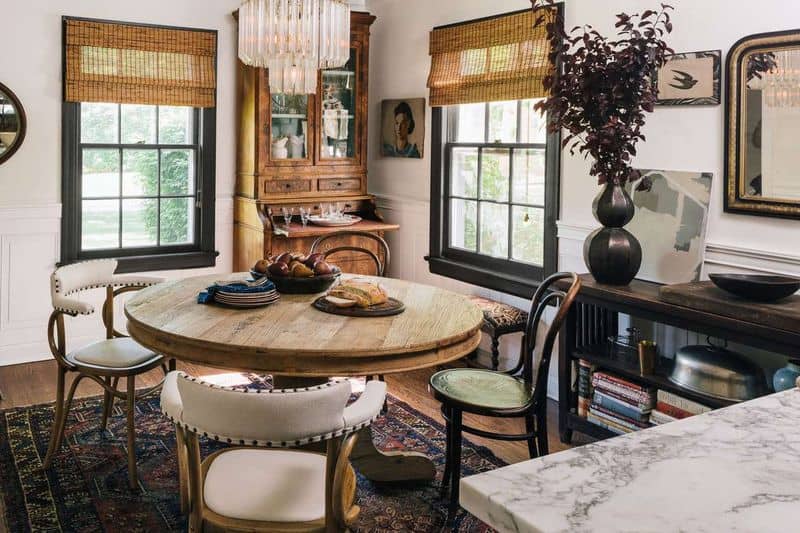
While often overlooked, acoustics play a significant role in dining comfort. A noisy dining room can hinder conversation and enjoyment.
High ceilings, hard flooring, and minimal furniture contribute to poor acoustics, causing echoes. Incorporate soft furnishings like curtains, rugs, and upholstered chairs to absorb sound and reduce noise.
These elements add warmth and style while enhancing the room’s auditory appeal. Balance between aesthetics and functionality ensures that your dining room is not only visually pleasing but also acoustically comfortable, fostering a more enjoyable dining experience.
4. Mismatched Furniture
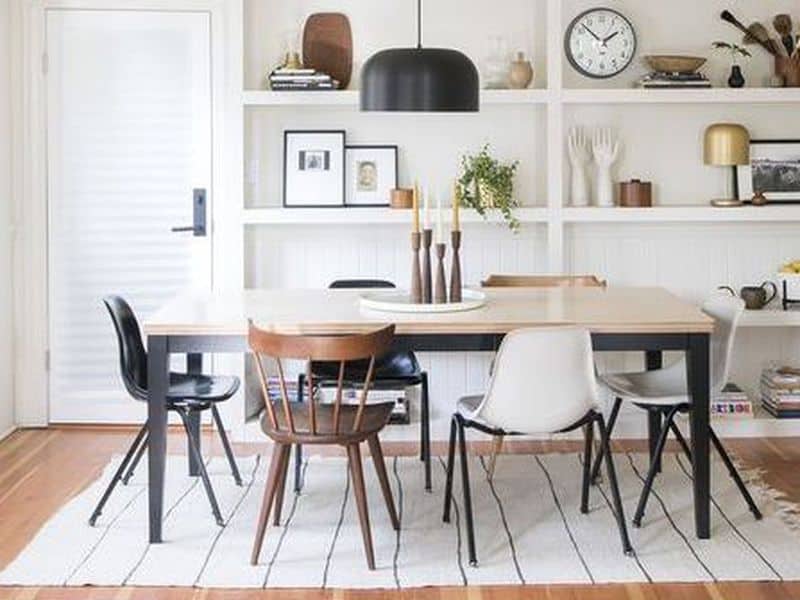
Choosing furniture that doesn’t harmonize can disrupt the dining room’s visual flow. Mismatched styles can clash, making the space appear disjointed. While eclectic designs can work, ensure there’s a unifying element, such as color or material.
Avoid mixing vastly different styles without a clear theme, as this can confuse the aesthetic.
When blending furniture, consider balance and cohesion to create a pleasing ensemble. This thoughtful approach not only enhances visual harmony but also reflects personal style, making the dining room both functional and fashionable.
5. Neglecting Wall Decor
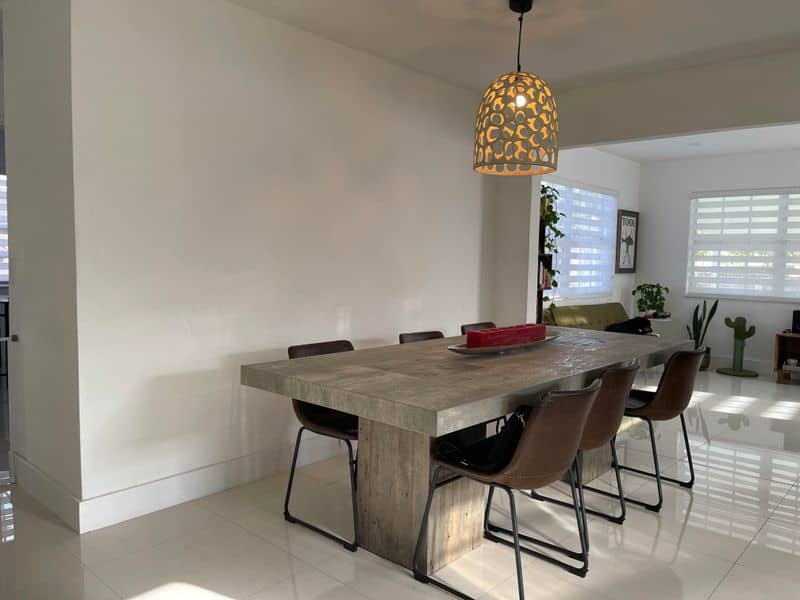
Walls should not be an afterthought in dining room design. Bare walls can make a room feel incomplete and sterile. Enhance the space with art, mirrors, or even textured wallpaper.
These elements add depth and personality, reflecting your taste and making the room inviting.
Ensure the decor is proportionate to the wall size, avoiding pieces that are too small or overly large. Thoughtfully placed wall decor can transform the dining area, boosting both its aesthetic appeal and comfort.
Curate a gallery-like atmosphere that complements the room’s overall design.
6. Poor Furniture Arrangement
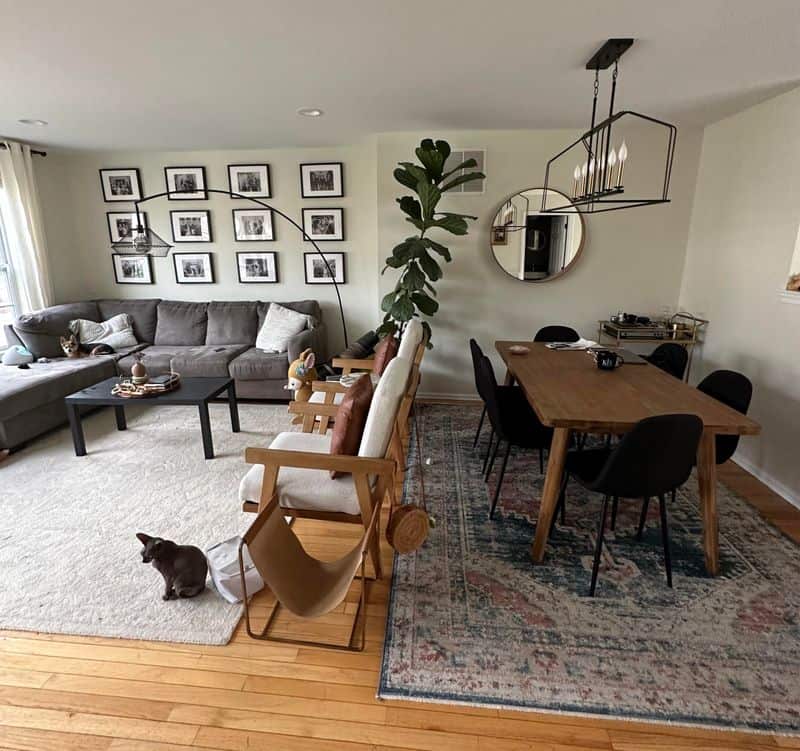
The arrangement of furniture significantly impacts the flow of a dining room. Poor placement can hinder movement and create a cramped environment. Position your dining table centrally with ample space around it for easy access.
Avoid placing furniture in pathways or too close to walls, which can restrict movement and comfort. Consider the room’s layout and foot traffic when arranging furniture.
A well-planned arrangement fosters a harmonious space, enhancing both functionality and aesthetics. By prioritizing ease of movement, you create a dining room that feels open and inviting.
7. Choosing the Wrong Table Size
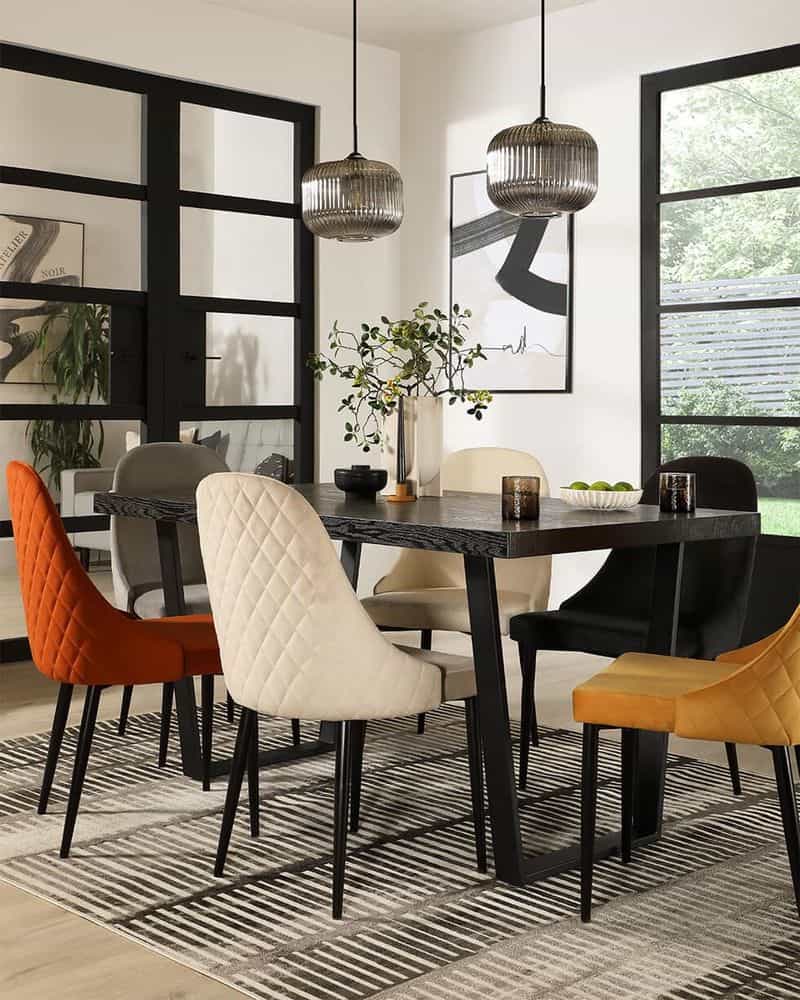
Selecting the right table size is crucial for a balanced dining room. A table that’s too large can dominate the space, leaving little room for chairs and movement. Conversely, a table that’s too small can appear lost and impractical.
Measure your dining area carefully, considering both the table size and seating needs. Ensure there’s enough space for diners to sit comfortably and move around.
The right table will align with the room’s proportions, enhancing its functionality and visual appeal. Thoughtful sizing ensures the dining room is both practical and stylish.
8. Uncomfortable Seating
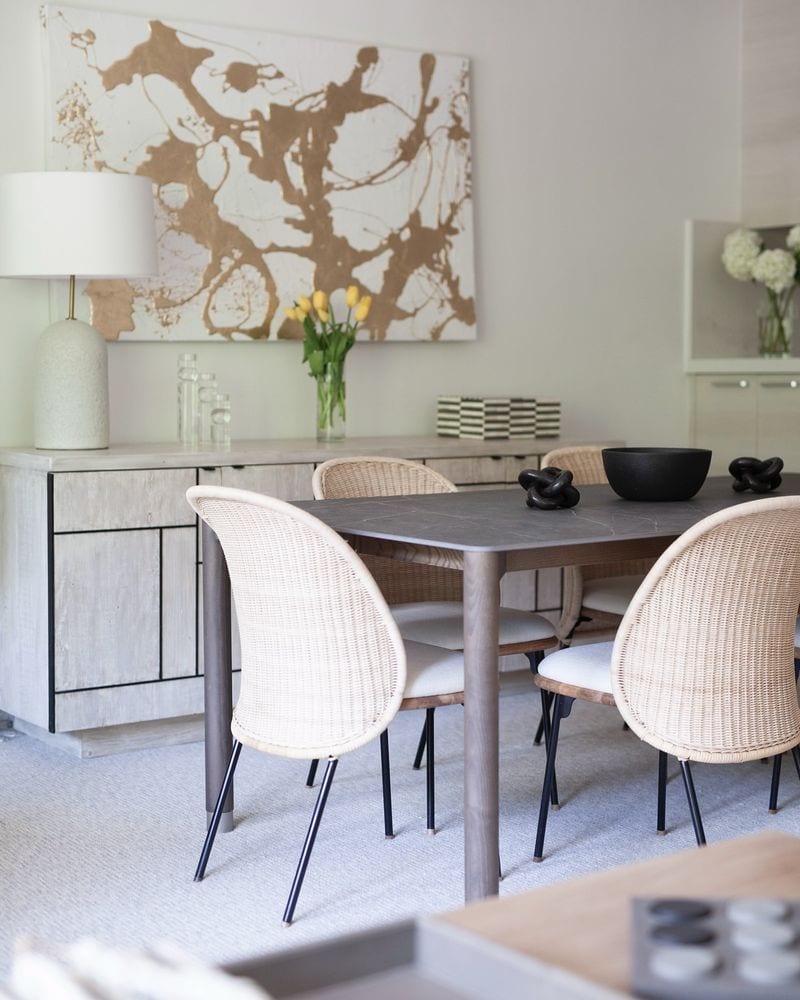
Comfortable seating is essential for enjoyable dining. Hard, uncomfortable chairs can detract from the experience, making meals less pleasant. Choose chairs with ergonomic support and cushioned seats for added comfort.
Consider the height of the chairs in relation to the table to ensure a comfortable dining posture. Upholstered chairs can add both style and comfort, making the space inviting.
Prioritizing seating comfort enhances the dining experience, encouraging longer, more enjoyable meals. This thoughtful approach not only boosts aesthetics but also caters to the needs of your family and guests.
9. Choosing Trendy Over Timeless
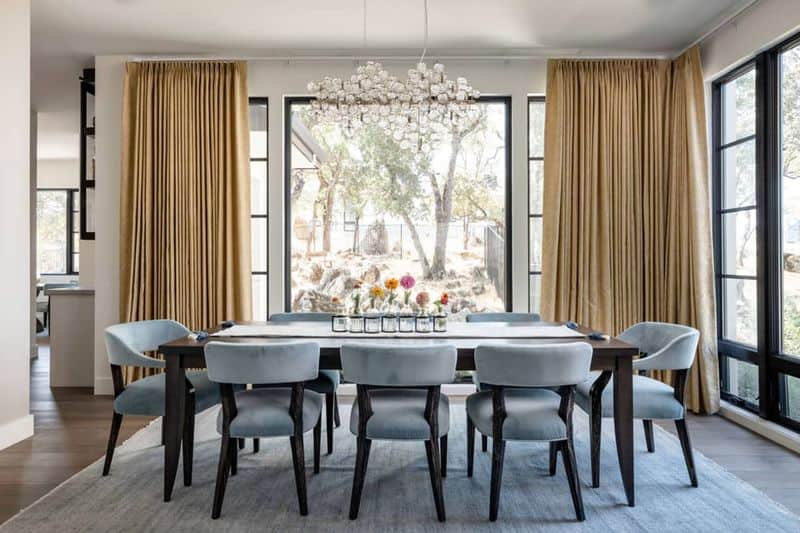
Trends can be tempting, but they can quickly become outdated. Opting for trendy pieces may seem appealing, but they risk dating your dining room. Instead, focus on timeless elements that offer longevity.
Classic designs provide versatility, allowing for updates through accents or decor rather than major overhauls. Balance trendy touches with timeless pieces to create a space that remains stylish over time.
This approach ensures your dining room stays relevant and attractive, avoiding the pitfalls of fleeting fashions. Choose quality and style that endure, reflecting sophistication and taste.
10. Ignoring the Power of Rugs
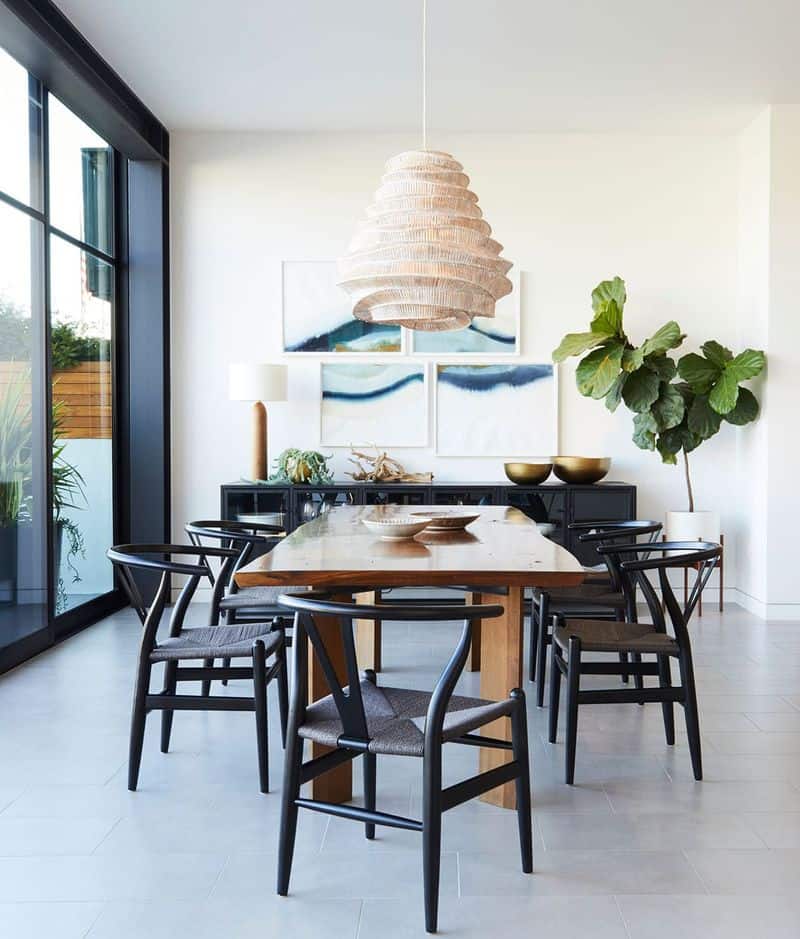
Rugs can define an area within the open-layout dining space, adding warmth and texture. However, choosing the wrong size or neglecting a rug altogether can throw off the room’s balance.
Select a rug that comfortably fits under the table and chairs, allowing space for chairs to be pulled out without catching on the edges. This not only protects your flooring but also adds a cohesive look to the room.
A well-chosen rug can enhance the visual appeal of your dining room, providing a backdrop that ties together the furniture and decor. It’s a subtle yet powerful element that contributes to the room’s overall harmony and style.

